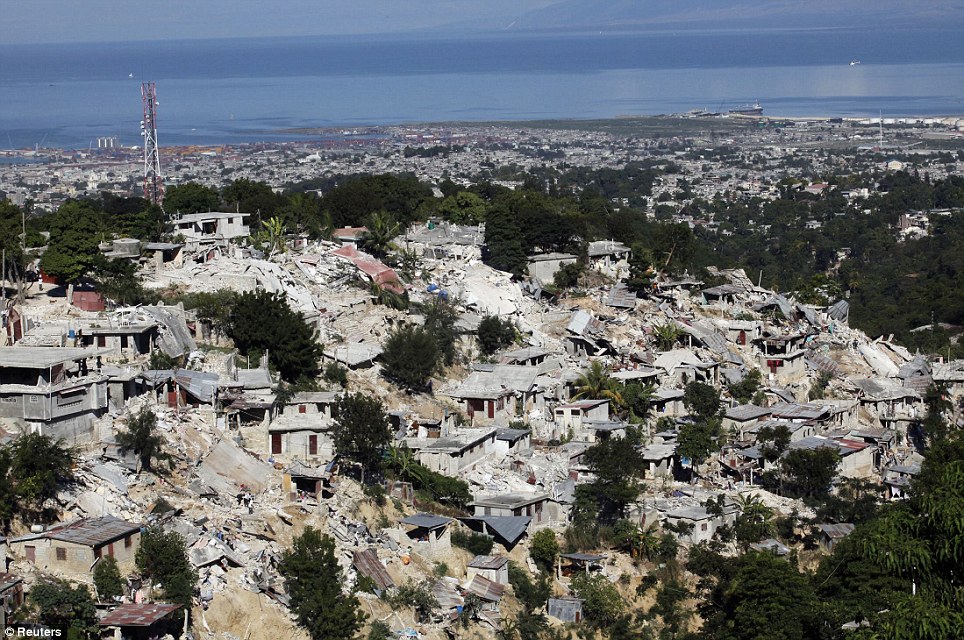The first time I really saw the face of poverty was in Guatemala, in March 2000. That was my first trip to a country described as “Third World.” That whole trip was filled with sensory overload, a constant bombardment of sights, sounds, smells, languages, colors and cultures.
It was also the first time that I truly saw someone who had nothing. Not the “nothing” that most Americans think of, but truly nothing. Even in a land that is extremely poor, many people have some family or community that provides at least some context or even commiseration in their lives.
This person was a woman asleep in the doorway of a shuttered shop in Santiago Atitlan, Guatemala. We passed her in the street as we returned to the Catholic mission after a day of house building. Dressed in rags, barefoot, emaciated and ignored by all around her, that image, forlorn and yet fleeting, pierced my soul.
The silent desperation called out for some recognition of dignity.
Her rags were the remnants of her traditional Mayan garb, which most of the Tzutujil (the Mayan “tribe” of the town) still wear. She obviously had a history of a better life and a society that supported her. Now it seems, they were unable to do any more to help her. I’ve often wondered what became of her and it is she that I think of whenever I’m called to reflect on the poor.
I felt an enormous culture shock. Strong while I was in Guatemala, but almost overwhelming when I returned to the U.S. “Welcome back to the real world!” people would say upon our return. Real world?!? We Americans live in a fantasy world. For most of us, the problems we face on a daily basis are petty and insignificant in comparison to the rest of the world. We overindulge and overuse almost everything around us and we have the gall to complain.
Although the culture shock abated little by little after each subsequent trip abroad, I can still conjure up the feelings that I felt back then. I try to hold on to them and try to keep a perspective of them whenever I’m tempted to complain about my life, the problems that I face, and the “hardships” that I try to avoid.
The images out of Haiti following the January 12, 2010 earthquake shock me. A nation that was already the “poorest of the poor” has been dealt a blow unlike any it has had to face in more than 200 years. The devastation and destruction are horrible. The death and injury is incomprehensible. The enormity of the task facing those trying to help seems impossible. (I wonder how this compares to the tsunami that hit SE Asia …)
It’s barely been 72 hours since the earthquake and I know that the worst is yet to come. There are at least 3 million people that need to be fed, housed and cared for. For many of them, their suffering has just begun and it will be very difficult if not impossible for them to receive the help they need.
Dire predictions of starvation, famine, disease, civil strife and crime seem only too likely to come true.
So, I’ve given money (not enough) and I pray. I try to set aside the petty problems I face and I think of a woman in Guatemala who for me is the face of poverty. Joined now by countless other faces in Haiti.
I wonder why this disaster has grabbed my heart. I think it’s the images from the news reports and people calling out, “I hear voices trapped in the rubble.”

…
Moving. Perhaps your memory of that woman was the last time anyone validated her humanity. It’s no surprise that when we are uncomfortable with the poor we refuse to make eye contact, and see them, really see them, with the windows to their souls. It would make us accountable, and many of us don’t want that.
Sometimes I am haunted by the vision of people I should have helped and didn’t. In some small way it was their presence in the time when I chose to ignore them that has prompted me to do more now. Thanks for the snapshot.